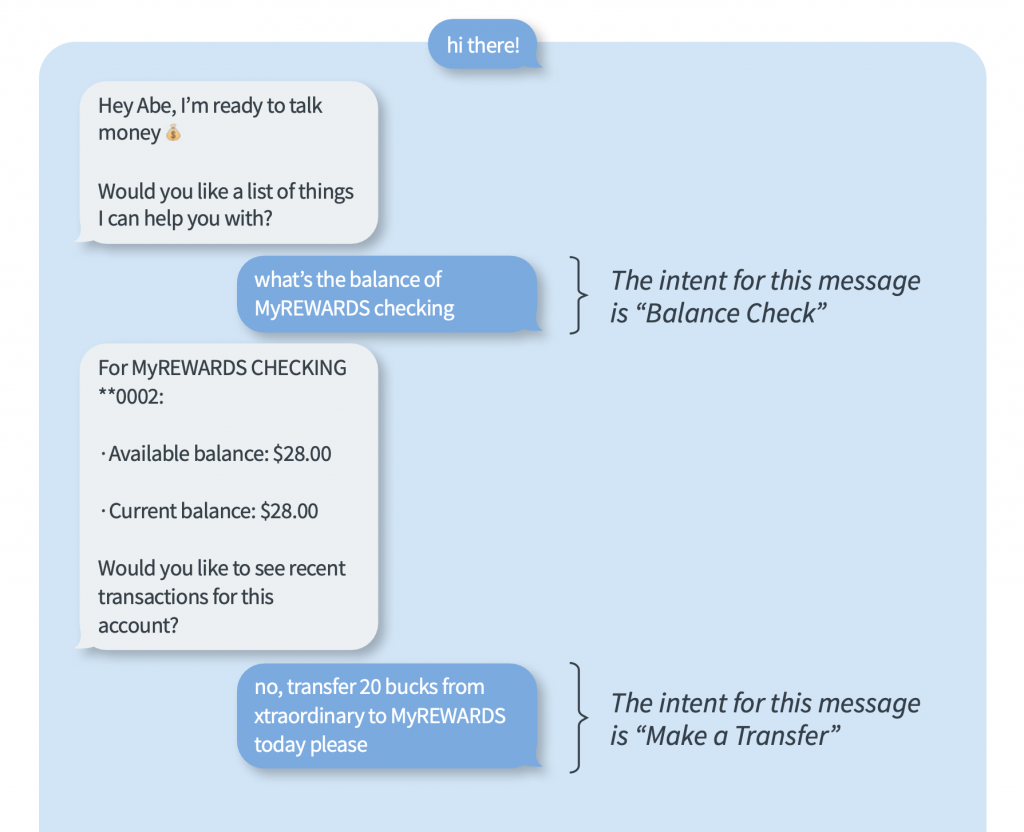
The financial institutions that succeed are often defined by a never-ending mission to enhance their Customer Experience (CX). The people leading these organizations know that the rapidly evolving digital landscape is constantly raising the bar for consumer expectations. And with new metrics for measuring success and an increasing willingness for consumers to share information, there is an almost endless opportunity for CX improvement, including personalized experiences, targeted offers, visual engagement, conversational AI, and a host of other digital communications tools.
In the financial services industry, more than 70% of companies are undergoing a CX transformation, with 39.7% of institutions having a project completed or in-progress, and 30.9% planning a project by the end of 2022.
In a study by Metrigy, business metrics were evaluated before and after CX transformations. They based the transformations on four major categories: conversational AI, visual engagement, workforce engagement management, and self-service knowledge management. By tracking the impact these efforts had on customer ratings, revenue, operating expenses, and agent productivity, Metrigy determined that the CX solutions which resulted in the highest average improvement was visual engagement. This category includes video, cobrowsing, screen sharing, and other interactive tools.
According to The Financial Brand, “Consumers have grown accustomed to interacting with video and other visual means in their personal and professional lives.” They went on to say that banks and credit unions “are catching on and increasingly extending video to their customers,” adding that the most efficient way to do this is by integrating their call center and Digital Communications Platform. This allows representatives on web chat to send video links to prospective customers, providing a seamless transition to a more comprehensive level of care.
When CX leaders were asked what benefits their video implementation provided, they offered six key points:
- Video makes interactions more efficient to solve issues faster (50%)
- Video improves customer relationships with more personal interactions (49.2%)
- The pandemic made everyone used to using video (45.9%)
- Customers were asking for it (40%)
- Interactions required agents or customers to see something (36%)
- Agents wanted to use it (36%)
Video is also exceedingly cost effective when comparing its capabilities to traditional alternatives. By leveraging services through these convenient channels, financial institutions can operate outside their service area without the added expense of expanding their physical branch network.
And because the financial services industry has a high average number of agents working from home (54.7%) compared to the average (47.2%), implementation of Digital Communications Platforms that facilitate remote work have become routine across the industry. Along the way, it’s important to use data to make sure the tools being implemented are having the desired effect. Using analytics and surveys to better dial-in the customer experience, successful financial institutions will evolve to meet the changing needs of consumers.
It can seem overwhelming, but it doesn’t need to be. We recommend starting simple, implementing the most vital digital solution for the needs your institution has and growing engagement from there. To learn more about how you can get started with your own Digital Communications Platform, click here.



 Looking to the Future
Looking to the Future



